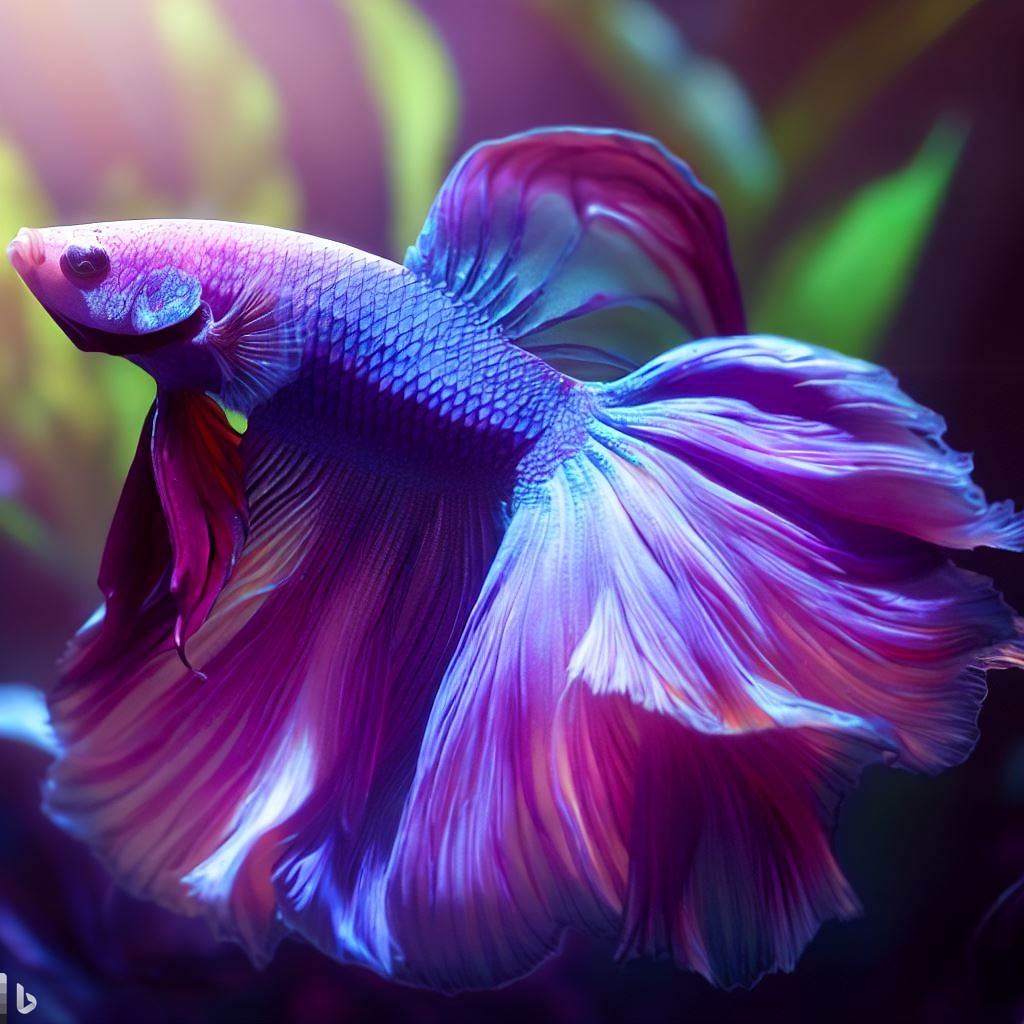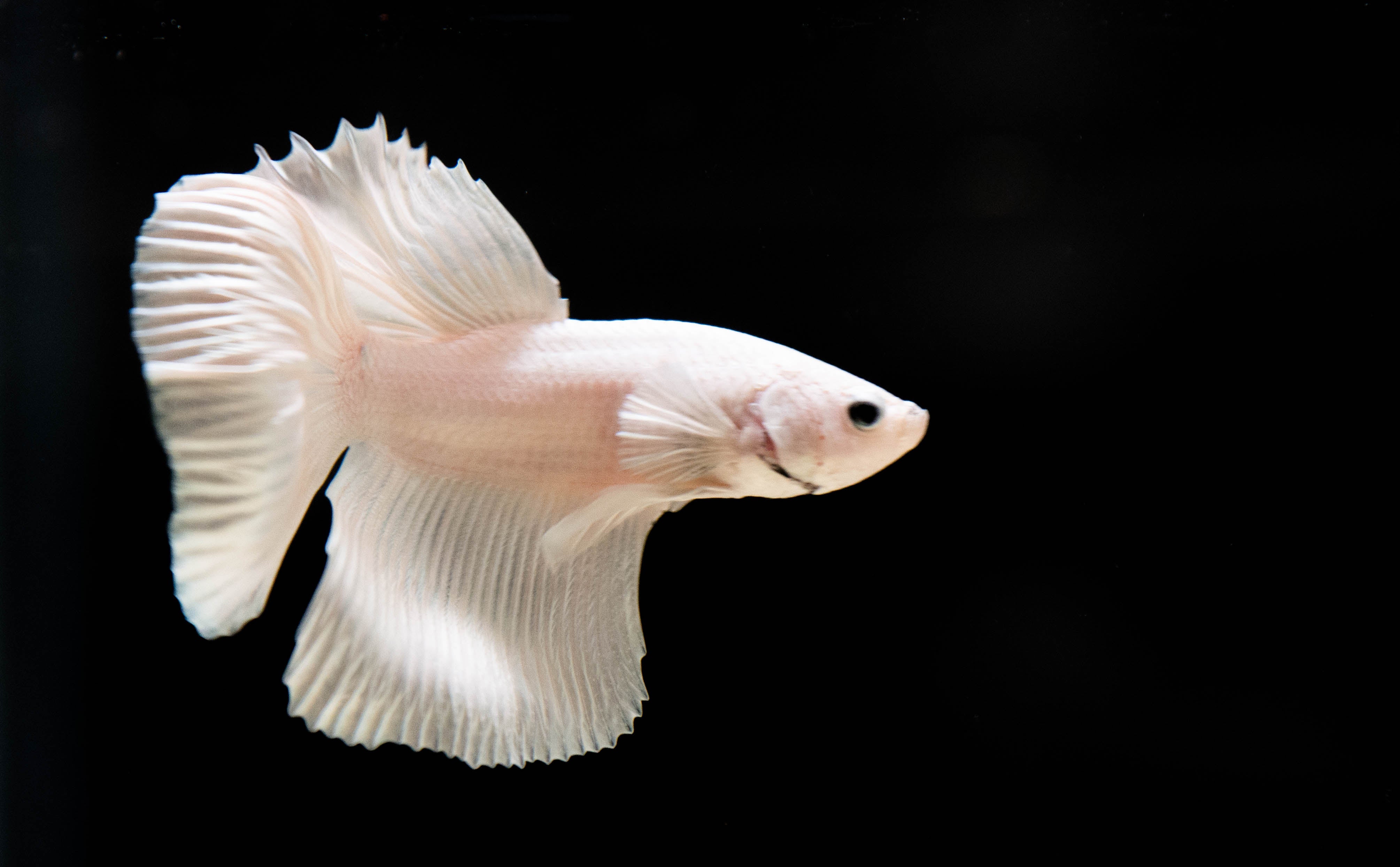All About Betta Fish: Understanding Their One-of-a-kind Demands, Habits, and the Best Practices for Optimal Treatment
Recognizing the one-of-a-kind needs and actions of Betta fish is necessary for any type of aquarist looking to offer optimal treatment. These captivating animals, indigenous to the warm waters of Southeast Asia, show unique territorial propensities and require certain environmental problems to thrive. From picking the right tank size to acknowledging possible health and wellness issues, different factors dramatically influence their wellness. As we discover these aspects further, the ramifications for both novice and skilled fish caretakers end up being increasingly obvious, questioning regarding just how best to fit these impressive fish in our homes.
Betta Fish Summary
Although commonly appreciated for their vivid colors and flowing fins, Betta fish, scientifically recognized as Betta splendens, are complex animals that call for details like thrive. Stemming from Southeast Asia, these freshwater fish are recognized for their territorial nature and one-of-a-kind actions. Betta fish display sex-related dimorphism, with men showing much more vivid shades and longer fins than women.
Their aggressive propensities, especially among males, necessitate cautious factor to consider when housing them. Bettas are often maintained in single-specimen tanks to avoid territorial disputes. Nevertheless, they can exist together in harmony with particular compatible types in bigger area tanks, gave the environment meets their needs.

To guarantee ideal treatment, aquarists have to recognize their unique behavioral traits, dietary needs, and habitat requirements. betta fish. With appropriate interest, Betta fish can display their dynamic characters and thrive in a well-kept fish tank setting
Natural Habitat and Environment
Betta fish thrive in a varied array of all-natural environments, largely discovered in the superficial waters of Southeast Asia, consisting of rice paddies, swamps, and slow-moving streams. These atmospheres are defined by warm temperatures, normally in between 75 ° F and 82 ° F(24 ° C and 28 ° C ), and a pH level ranging from 6.5 to 7.5, which is optimal for their health and well-being.
In their natural environments, Betta fish are accustomed to thick plant life, offering both shelter and reproducing grounds. The existence of plants such as floating water lilies and thick grasses not just uses security from predators but also adds to the oxygenation of the water, which is essential for their respiratory system requirements. Additionally, these environments often have locations of still water, enabling Betta fish to display their natural behaviors such as bubble nesting.
Understanding the natural habitat of Betta fish is vital for fish tank enthusiasts. Replicating these conditions-- through water temperature, pH equilibrium, and the incorporation of real-time plants-- can dramatically enhance the total health and wellness and longevity of these fascinating fish, ensuring they prosper in a home fish tank setup.
Social Habits and Communications
Recognizing the social habits and interactions of Betta Full Article fish is vital for successful aquarium monitoring. Betta fish, or Siamese battling fish, are known for their one-of-a-kind behavioral characteristics, characterized mostly by territoriality and aggression. Males, in specific, present highly aggressive habits in the direction of one another, resulting in the well-known reputation of Betta fish as fighters. In a restricted area, 2 men can involve in violent confrontations, typically leading to injury or fatality.
Alternatively, women Bettas show much less hostile actions and can exist side-by-side in teams, referred to as sororities, if presented effectively. However, it is essential to monitor their communications carefully, as pecking order and supremacy can result in disputes. Comprehending the dynamics within a Betta community is vital; establishing concealing areas and making certain enough room can alleviate aggressiveness.
In enhancement, Betta fish might additionally present curiosity and social actions in the direction of various other varieties. While they can exist together with particular non-aggressive container friends, it is vital to pick suitable species to avoid stress and anxiety and aggressiveness. Generally, recognizing these social interactions is key to cultivating an unified aquarium atmosphere for Betta fish.
Vital Care Standards
Supplying proper care for Betta fish is essential to their wellness and well-being. Routine water modifications-- around 25% once find more information a week-- aid preserve water top quality.
Betta fish require an appropriate tank dimension; a minimum of 5 gallons is suggested to give appropriate space for swimming and hiding. Consist of decors and plants to create a stimulating setting, but prevent sharp things that could damage their delicate fins.

Lastly, guarantee the container is furnished with a filter to maintain the water clean, however utilize a mild filter to stay clear of strong currents that can stress the fish. By adhering to these important care standards, owners can advertise a healthy and balanced and dynamic Betta fish.
Common Health Issues and Solutions
In the treatment of Betta fish, understanding of typical health concerns is crucial for preserving their wellness. To treat fin rot, boost water problems and think about utilizing a broad-spectrum antibiotic.
One more common ailment is ich, a parasitic infection identified by white places on the fish's body (betta fish). Therapy involves enhancing water temperature and including fish tank salt to the container, as this can aid get rid of the parasite
Swim bladder condition is additionally regularly observed, resulting in buoyancy troubles. This condition may emerge from overfeeding or irregular bowel movements. A fasting period of 24-48 hours, followed by a diet plan of blanched peas, can provide alleviation.
Lastly, bettas may struggle with velvet illness, shown by a gold dust-like appearance on their skin. Treatment usually calls for medication particularly designed for exterior parasites, alongside enhanced tank health.
Normal surveillance of water specifications, keeping a tidy setting, and giving a balanced diet regimen are crucial preventative procedures. By addressing these health and wellness concerns immediately, Betta fish can lead much healthier, more dynamic lives.
Final Thought
In recap, effective betta fish care requires an understanding of their distinct requirements and habits. Supplying an appropriate setting, including proper tank size and water problems, is vital for their wellness. Additionally, recognizing their territorial nature and making certain adequate hiding areas can protect against find aggression. Regular monitoring of health and wellness and water high quality, in addition to a balanced diet plan, adds to the long life and vibrancy of betta fish. Complying with these guidelines will certainly cultivate a flourishing marine environment for these exciting creatures.